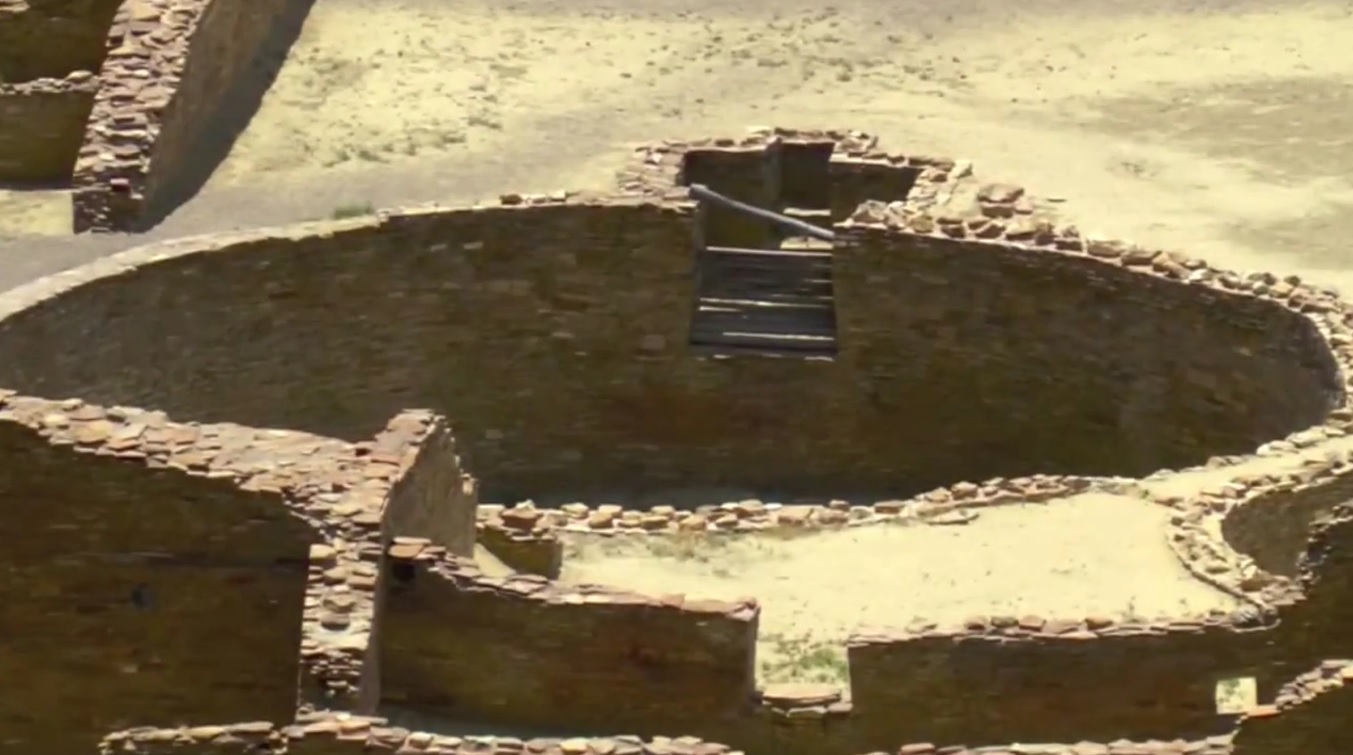BY: PHILIPPE DE JOCAS
In spite of some recent advancement in theories of gender equity, it’s no secret that, for a variety of social and cultural reasons, guys ruled most historical civilizations while women worked to keep the show on the road. Our closest relatives, chimpanzees, are still very much the same. Male chimpanzees may scream, screech, and smack one another around, but at the same time it’s the patient hierarchy of females who maintain the social skeleton that keeps the troop together. The vast majority of history has involved men going out, fighting wars, ruling lands, and generally bro’ing it up while the women have stayed home to take care of all those pesky aspects of running a civilization – gathering, cooking, cleaning, and raising the next generation of bros.
Humans have experimented with a lot of different governments and hierarchies over the years – democracies, dictatorships, oligarchies, theocracies, even kakistocracies. Matriarchies, though, a society where the women enjoy absolute rule, tend to be rarer in the archeological records. In some cases, matriarchies develop because of a male-oriented society. Sparta, for instance, saw several periods where gals ruled the roost… often because the able-bodied guys had gone overseas to fight and never returned. Other societies placed religious and spiritual importance on birth and motherhood, naturally leading to an elevated social position for women in these societies.
 http://www.theplaidzebra.com/wp-content/uploads/2017/02/pueblo1-300x168.jpg 300w, http://www.theplaidzebra.com/wp-content/uploads/2017/02/pueblo1-768x430.jpg 768w, http://www.theplaidzebra.com/wp-content/uploads/2017/02/pueblo1-1024x573.jpg 1024w" alt="" width="749" height="419">
http://www.theplaidzebra.com/wp-content/uploads/2017/02/pueblo1-300x168.jpg 300w, http://www.theplaidzebra.com/wp-content/uploads/2017/02/pueblo1-768x430.jpg 768w, http://www.theplaidzebra.com/wp-content/uploads/2017/02/pueblo1-1024x573.jpg 1024w" alt="" width="749" height="419">
The ancient Mexican Puebloans of the 12 th century BC endure as some of the earliest and least understood inhabitants of the region. This culture persisted for several centuries, leaving behind pit houses and stone huts when they finally joined the choir invisible. Pueblo Bonito, the largest and most excavated dig site, recently revealed some more secrets of this long-gone culture when intrepid archeologists from Penn State carried out a 2017 expedition. We know very little about this culture, but recent evidence has revealed that the Puebloan culture might not have been the civilization we thought it was.
It’s often said that you can learn a lot about a culture by the things that they throw away. Compared to the holy grails and golden idols that Indiana Jones might unearth, garbage heaps, burial mounds, and midden piles seem more trashy than flashy. But, as the saying goes, one dead culture’s trash is another man’s treasure. Graveyards and garbage piles have contributed more to archeology than a hundred individual artifacts.
 http://www.theplaidzebra.com/wp-content/uploads/2017/02/pueblo2-300x167.jpg 300w, http://www.theplaidzebra.com/wp-content/uploads/2017/02/pueblo2-768x429.jpg 768w, http://www.theplaidzebra.com/wp-content/uploads/2017/02/pueblo2-1024x571.jpg 1024w" alt="" width="750" height="419">
http://www.theplaidzebra.com/wp-content/uploads/2017/02/pueblo2-300x167.jpg 300w, http://www.theplaidzebra.com/wp-content/uploads/2017/02/pueblo2-768x429.jpg 768w, http://www.theplaidzebra.com/wp-content/uploads/2017/02/pueblo2-1024x571.jpg 1024w" alt="" width="750" height="419">
At Pueblo Bonito, archeologists stumbled across a burial mound rife with remains – a veritable boneyard swimming in potential mitochondrial DNA. From the remains of nine bodies extracted from the mound, forensic evidence revealed some fascinating connections: all nine bodies shared a maternal ancestry. Mother and daughter lay in repose, grandmother and grandson close by. A single woman had spawned this generation, and their fancy burial digs, rife with jewelry and supernatural trinkets, indicated that society held her descendants in very high esteem after their passing. It’s not hard to imagine that a small group of women held dominance in this prehistoric culture, with their female offspring taking up the mantle of ruler upon their coming of age.
The relationship between the ancient Pueblo people and the modern day tribes that still inhabit the Mexican region remains unclear. Do the Pueblo form the trunk of this genetic tree, or merely a withered offshoot? It’s worth noting that younger Native American tribes in the Southwestern US, such as the Zuni, have long since organized themselves around what archeologists call “matrilineal” parentage: in other words, they chart the bloodline of their tribe exclusively through their mother’s side of the family. Some scientists hypothesize that the Pueblo people began a matriarchal tradition carried on by their descendants. That said, we’re not entirely sure what really went down at Pueblo – some other bones in the vicinity require further DNA analysis before we can come to any real conclusions. In the meantime, though, power to the sisters.


 http://www.theplaidzebra.com/wp-content/uploads/2017/04/Pueblo-Bonito-was-home-to-a-prehistoric-society-300x160.jpg 300w,
http://www.theplaidzebra.com/wp-content/uploads/2017/04/Pueblo-Bonito-was-home-to-a-prehistoric-society-300x160.jpg 300w, 


''It’s worth noting that younger Native American tribes in the Southwestern US, such as the Zuni, have long since organized themselves around what archeologists call “matrilineal” parentage: in other words, they chart the bloodline of their tribe exclusively through their mother’s side of the family.''
There are many tribes in the U.S. and Canada that are ''matrilineal''
That's because they didn't know who the father was. That was before DNA testing.
I believe that was a Darwin theory and advanced by others. It has been discredited, Dean.
At Pueblo Bonito, archeologists stumbled across a burial mound rife with remains – a veritable boneyard swimming in potential mitochondrial DNA.
That's because they didn't know who the father was. That was before DNA testing.
The reason that there was “matrilineal” parentage, is because before there was DNA, the only way to know for sure who the parent was, was to follow the mother's line. Now that we can read mitochondrial DNA, we can follow exact family lines, but not only that, the clearest dna we have is mitochondrial DNA.
That is why this is so fascinating. We can follow the linage of this dynasty from one to the next, without any aberrant DNA.
I've always read that the Cherokee were matrilineal. Sounds like a good deal to me!
I've always read that the Cherokee were matrilineal.
That must be why I'm the bossiest bitch in the family!
♥
No comment sister mary...snicker.
No comment sister mary...snicker.
I'm just glad that it's possible I have an identifiable trait. I still haven't recovered from the flack I received regarding boob size.
That must be why I'm the bossiest bitch in the family!
Come around to my house Sister and you'll slip to number two.
That is correct Dowser. The Cherokee are matrilineal.
Cool seed, K.